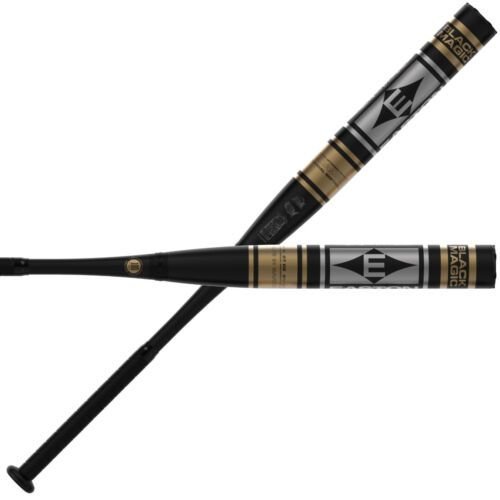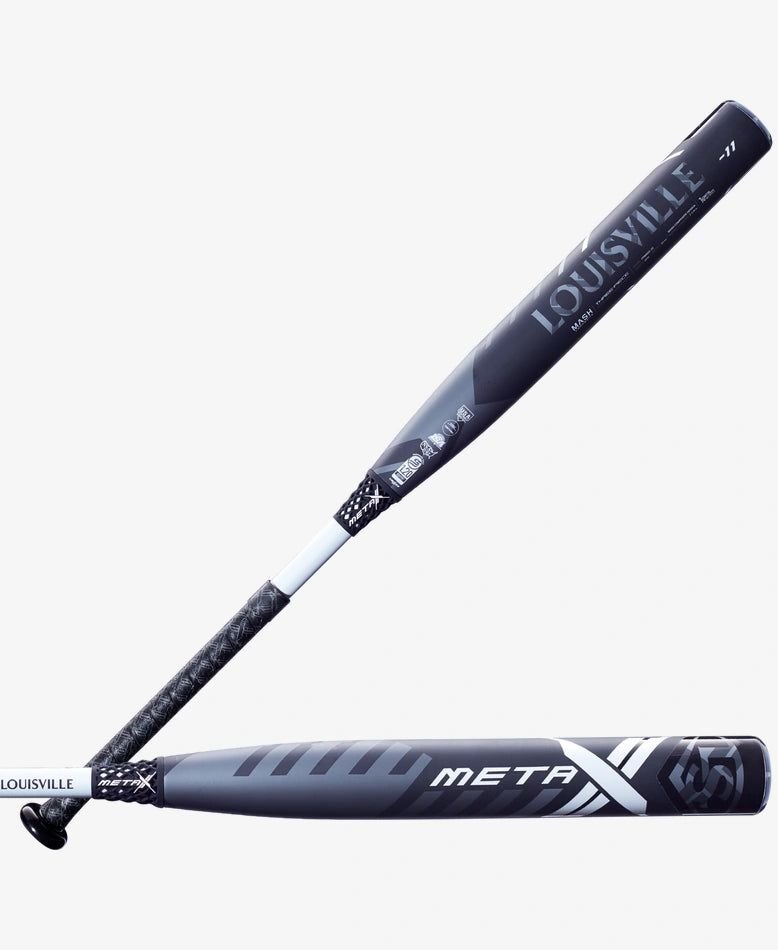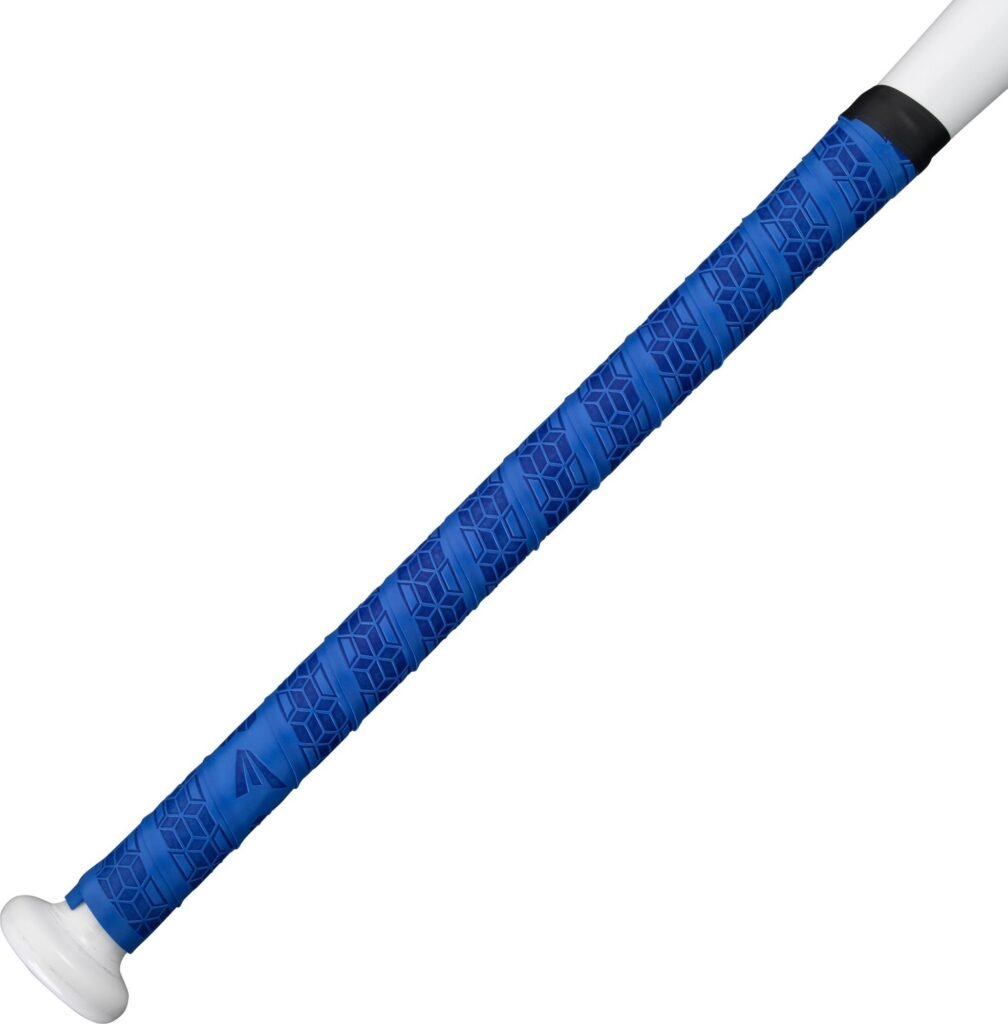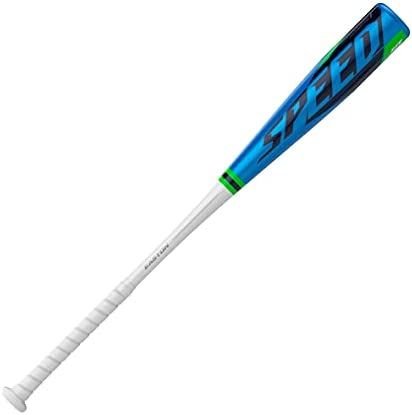Do you know the difference between softball and baseball bat? If you’re not a seasoned player, you may assume that they’re basically the same – after all, they both involve hitting a ball with a bat, right? However, the truth is that there are several essential differences between softball and baseball bats that can have a major impact on your game.
For example, did you know that softball bats are typically heavier than baseball bats? Or that softball bats have a wider barrel than baseball bats? These differences can affect everything from your swing to your overall performance on the field.
In this article, we’ll take a closer look to the seven essential difference between softball and baseball bats. Whether you’re a beginner or a seasoned player, understanding these differences is crucial to choosing the right bat for your game and unlocking your full potential on the field. So, let’s get started!
Difference Between Softball and Baseball Bat
When it comes to choosing the right bat for your game, understanding the differences between softball and baseball bats is essential. While they may look similar at first glance, there are several key differences that can have a major impact on your performance on the field.

One of the most significant differences between softball and baseball bats is the weight. Softball bats tend to be heavier than baseball bats, with a maximum weight of 38 ounces compared to the 36-ounce maximum for baseball bats. This difference is due to the larger size and weight of a softball, which requires more mass and momentum to hit effectively.
In addition to weight, another important difference between softball and baseball bats is the barrel size. Softball bats have a wider barrel than baseball bats, which allows for a larger sweet spot and more surface area for contact with the ball. This can make it easier to hit the ball with power and precision, but it also means that softball bats tend to be less maneuverable than their baseball counterparts.
Let’s take a closer look to all differences one by one and and explore how it can impact your game on the field.
Difference of Length
One of the most noticeable differences between softball and baseball bats is their length. Softball bats are typically shorter than baseball bats, with a maximum length of 34 inches compared to the 42-inch maximum for baseball bats. This difference is due to the smaller size and weight of a softball, which requires less momentum to hit effectively.

In fastpitch softball, the maximum allowable length for a bat is 34 inches, while in baseball, the maximum allowable length is 42 inches. In slow pitch softball, the maximum allowable length for a bat is 34 inches, while in youth baseball, the maximum allowable length is 33 inches.
Length Difference
The shorter length of a softball bat can have several benefits for players. For one, it can make the bat easier to handle and swing, especially for younger or smaller players. A shorter bat can also make it easier to control your swing and make contact with the ball, as you have less distance to cover when bringing the bat around.
On the other hand, a longer baseball bat can offer more reach and power, especially for players with longer arms or a wider swing. However, it can also be more difficult to control and maneuver due to its size and weight.
The length of a bat is an important factor to consider when choosing between a softball or baseball bat. While softball bats are generally shorter, this doesn’t necessarily mean they are inferior to baseball bats. Instead, it’s important to choose a bat that feels comfortable and balanced in your hands, regardless of its length.
Difference of Weight
While holding a bat you must realized that some bats are lighter in weight and some are heavier. Weight is also create a big difference between softball and baseball bat. Softball bats tend to be heavier than baseball bats, due to the larger size and weight of the softball itself. Softball bats can range in weight from around 24 to 30 ounces, while baseball bats typically range from 26 to 36 ounces.

- In fastpitch softball maximum allowable weight for a bat is 31.5 ounces
- in baseball the maximum allowable weight is 36 ounces.
- In slow pitch softball, the maximum allowable weight for a bat is 38 ounces
- in youth baseball, the maximum allowable weight is 32 ounces.
The weight of a bat can have a significant impact on a player’s swing and performance. A heavier bat can offer more power and momentum, but may be more difficult to handle and control. A lighter bat, on the other hand, can be easier to swing and maneuver, but may not offer as much hitting power.
It’s worth noting that the weight of a bat is closely tied to its length and drop weight, as well. Softball bats tend to have a lower drop weight than baseball bats, meaning that they are more evenly balanced and have a lighter feel overall. This can make them easier to handle and swing, despite their heavier weight.
Difference of Barrel size
The barrel is the thick, rounded part of the bat that is used to hit the ball. Softball bats typically have a larger barrel size than baseball bats, due to the larger size of the softball itself.

The maximum barrel size for softball bats is 2.25 inches in diameter, while for baseball bats it is 2.61 inches. This means that softball bats have a more even weight distribution and a larger sweet spot than baseball bats, which can make them easier to hit with.
The larger barrel size of a softball bat can also lead to more consistent hits, as the batter has a larger hitting surface to work with. However, it can also make the bat heavier and more difficult to swing, especially for younger or smaller players.
On the other hand, the smaller barrel size of a baseball bat can offer more control and precision in hitting, but may require more skill and practice to master.
A larger barrel can offer more consistent hits and a larger sweet spot, but may also be heavier and more difficult to handle. A smaller barrel can offer more control and precision, but may require more skill to use effectively.
Difference of Taper
You may also examined it before the difference of taper between several bats, which refers to the gradual decrease in diameter from the barrel to the handle of the bat. Softball bats typically have a longer taper than baseball bats, meaning that they have a more gradual decrease in diameter from the barrel to the handle.

This longer taper can give your softball bat a different feel than baseball bat, as it allows for more flex in the handle and can make the bat feel more balanced overall. The longer taper can also give batters more control over their swing, as they can adjust their grip on the bat as needed.
In contrast, baseball bats typically have a shorter taper than softball bats, meaning that the decrease in diameter from the barrel to the handle is more abrupt. This can give baseball bats a different feel than softball bats, as they tend to be more rigid and have less flex in the handle.
The length and shape of the taper can also affect the overall weight distribution of the bat, which can impact the batter’s swing and performance. A longer taper can lead to a more evenly balanced bat, while a shorter taper can lead to a bat that is more top-heavy.
Difference of Grip
The grip of a bat refers to the covering on the handle that allows the player to hold onto the bat securely and comfortably during their swing. Have you ever noticed the difference of the grip among different bats?

Softball bats typically have a thicker grip than baseball bats, which can provide better shock absorption and reduce the risk of hand injuries. The thicker grip can also give players more control over their swing, as it allows for a more secure and comfortable grip on the bat.
This can allow for a more tactile feel on the bat, which some players may prefer. However, the thinner grip can also lead to a higher risk of hand injuries or discomfort during prolonged use.
Softball bats often have a rubber or synthetic grip, which can provide better traction and grip even in wet or humid conditions. Baseball bats, on the other hand, often have a leather or synthetic leather grip, which can provide a classic look and feel to the bat.

Frequently Asked Questions
Here are some frequently asked questions
Final Thoughts
understanding the differences between softball and baseball bats is essential for any player looking to improve their performance in the game. From the length and weight to the material and grip, each aspect of the bat can impact how it feels and performs during play.
While there are certainly some similarities between the two types of bats, it is important to recognize the differences and choose a bat that is best suited for your playing style and league regulations. Whether you prefer the light weight and large sweet spot of a composite softball bat or the traditional feel and sound of a wooden baseball bat, there is sure to be a bat out there that is perfect for you.
So next time you step up to the plate, keep these differences in mind and choose your bat wisely. With the right bat in your hands, you can take your game to the next level and achieve even greater success on the field.



Thanks for your kind words…